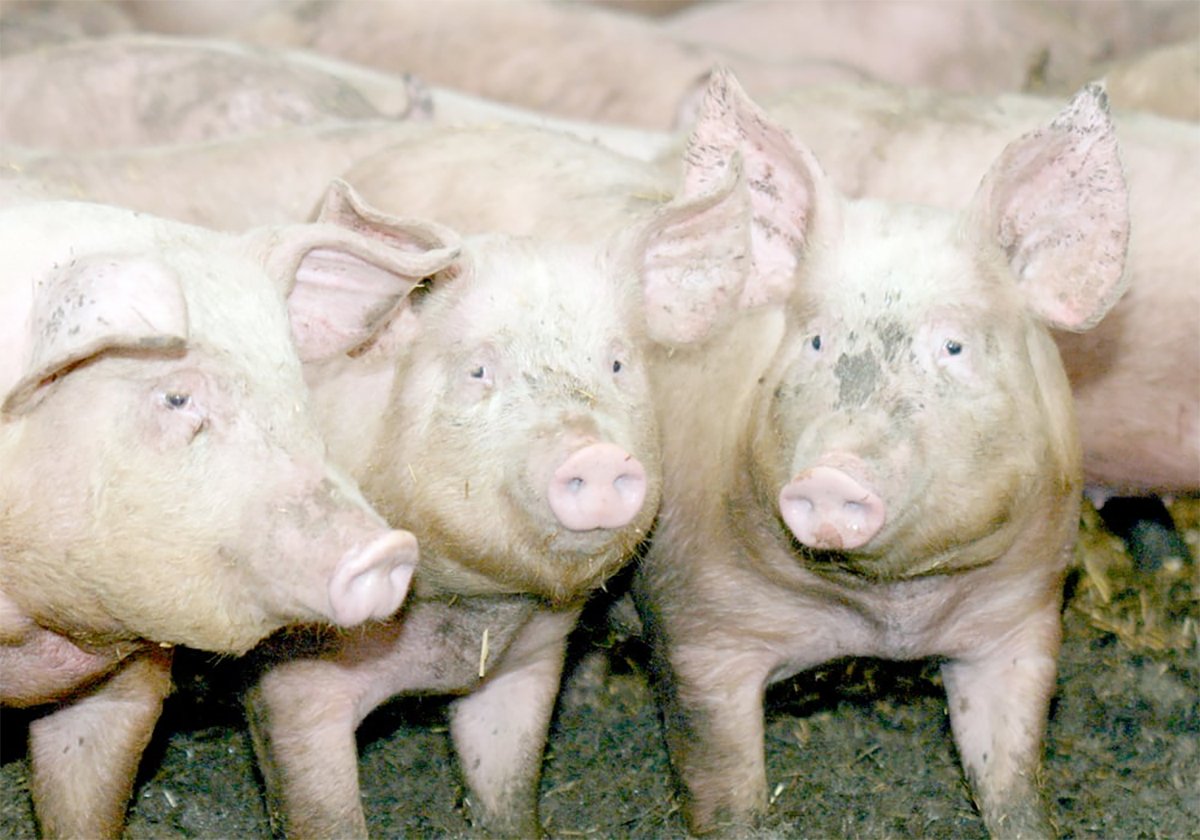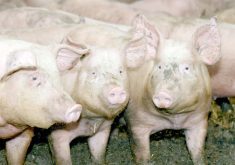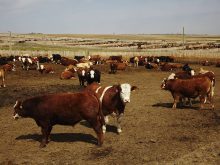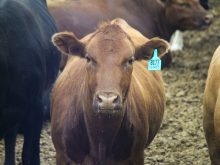REGINA – A tattoo is recognized as effective identification for livestock, but making it permanent requires technique.
Bonnie Tweedie, a purebred Dorset breeder from Delisle, Sask., demonstrated tattooing on young lambs during Canadian Western Agribition on Nov. 26.
Canadian National Livestock records require a tattoo for purebred animals that includes letters and numbers representing the flock and the year the animal was born.
“I like to do my lambs when they are about a week old,” Tweedie said.
A special set of tongs with the digits set in the right order and right side up are required.
Read Also

The Western Producer Livestock Report – November 13, 2025
Western Producer Livestock Report for November 13, 2025. See U.S. & Canadian hog prices, Canadian bison & lamb market data and sales insights.
The ear should be clean because ear wax may interfere with the permanency of the ink.
Using roll-on or paste-type indelible inks, the tattoo is applied generously to the inner ear covering an area larger than the tattoo pliers and avoiding the ribs of the ear because hitting them could cause bleeding.
The animal should be held firmly and the tattoo pliers squeezed firmly. Pull away straight out to avoid scratches that could ruin the tattoo.
Another layer of ink is applied and rubbed in to ensure a lasting tattoo.
“People are so worried about hurting the animals they don’t press hard enough,” Tweedie said.
Canadian Sheep Breeders’ Association rules state a breeder must apply to the Canadian Livestock Records Corp. for identification letters for his exclusive use in tattooing registered sheep.
Lambs born in Canada must be identified within 100 days of birth by tattoo markings in the right ear using the owner’s registered identification letters. Lambs are also tattooed in the left ear to designate the year of birth.
For example, 2005 is R followed by S in 2006 and T in 2007. The letters I, O, Q and V are not used as designated year letters to avoid confusion.
Metal curl lock ear tags bearing flock letters and numbering identical to the tattoo numbers may be used as an additional means of identification.















